Description
Katinėlis Giltinė Pragaro Liepsnų Smilkalinė Reaper
Hell Puss Reaper Black Cat and Flames Incense Burner, 25.4cm
Death is frequently imagined as a personified force. In some mythologies, a character known as the Grim Reaper (usually depicted as a berobed skeleton wielding a scythe) causes the victim’s death by coming to collect that person’s soul. Other beliefs hold that the spectre of death is only a psychopomp, a benevolent figure who serves to gently sever the last ties between the soul and the body, and to guide the deceased to the afterlife, without having any control over when or how the victim dies. Death is most often personified in male form, although in certain cultures death is perceived as female (for instance, Marzanna in Slavic mythology, or Santa Muerte in Mexico). Death is also portrayed as one of the Four Horsemen of the Apocalypse. Most claims of his appearance occur in states of Near-death.[1]
Latvians named Death Veļu māte, but for Lithuanians it was Giltinė, deriving from the word gelti (“to sting”). Giltinė was viewed as an old, ugly woman with a long blue nose and a deadly venomous tongue. The legend tells that Giltinė was young, pretty, and communicative until she was trapped in a coffin for seven years. Her sister was the goddess of life and destiny, Laima, symbolizing the relationship between beginning and end.
Like the Scandinavians, Lithuanians and Latvians later began using Grim Reaper imagery for death.

Bunworth Banshee, “Fairy Legends and Traditions of the South of Ireland”, by Thomas Crofton Croker, 1825
In Breton folklore, a spectral figure called the Ankou (or Angau in Welsh) portends death. Usually, the Ankou is the spirit of the last person that died within the community and appears as a tall, haggard figure with a wide hat and long white hair or a skeleton with a revolving head. The Ankou drives a deathly wagon or cart with a creaking axle. The cart or wagon is piled high with corpses and a stop at a cabin means instant death for those inside.[8]
Irish mythology features a similar creature known as a dullahan, whose head would be tucked under their arm (dullahans were not one, but an entire species). The head was said to have large eyes and a smile that could reach the head’s ears. The dullahan would ride a black horse or a carriage pulled by black horses, and stop at the house of someone about to die, and call their name, and immediately the person would die. The dullahan did not like being watched, and it was believed that if a dullahan knew someone was watching them, they would lash that person’s eyes with their whip, which was made from a spine; or they would toss a basin of blood on the person, which was a sign that the person was next to die.
Gaelic lore also involves a female spirit known as Banshee (Modern Irish Gaelic: bean sí pron. banshee, literally fairy woman), who heralds the death of a person by shrieking or keening. The banshee is often described as wearing red or green, usually with long, disheveled hair. She can appear in a variety of forms, typically that of an ugly, frightful hag, but in some stories she chooses to appear young and beautiful. Some tales recount that the creature was actually a ghost, often of a specific murdered woman or a mother who died in childbirth. When several banshees appeared at once, it was said to indicate the death of someone great or holy. In Ireland and parts of Scotland, a traditional part of mourning is the keening woman (bean chaointe), who wails a lament – in Irish: Caoineadh, caoin meaning “to weep, to wail.”
In Scottish folklore there was a belief that a black, dark green or white dog known as a Cù Sìth took dying souls to the afterlife. Comparable figures exist in Irish and Welsh stories.
In Welsh Folklore, Gwyn ap Nudd is the escort of the grave, the personification of Death and Winter who leads the Wild Hunt to collect wayward souls and escort them to the Otherworld, sometimes it is Maleagant, Arawn or Afallach in a similar position.


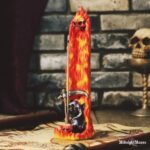
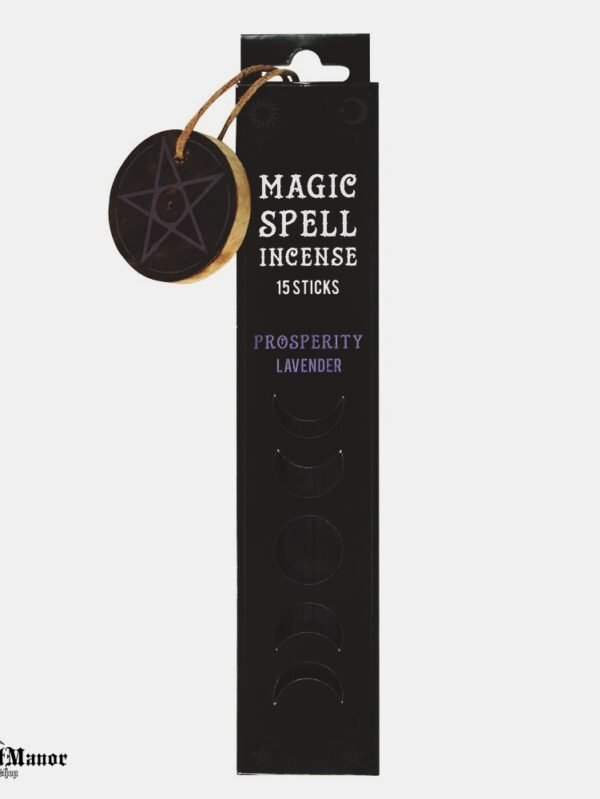

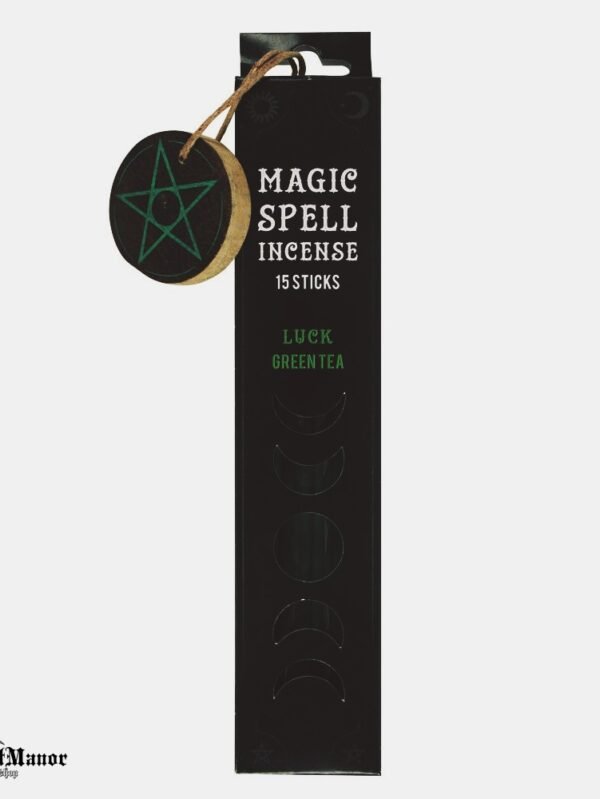




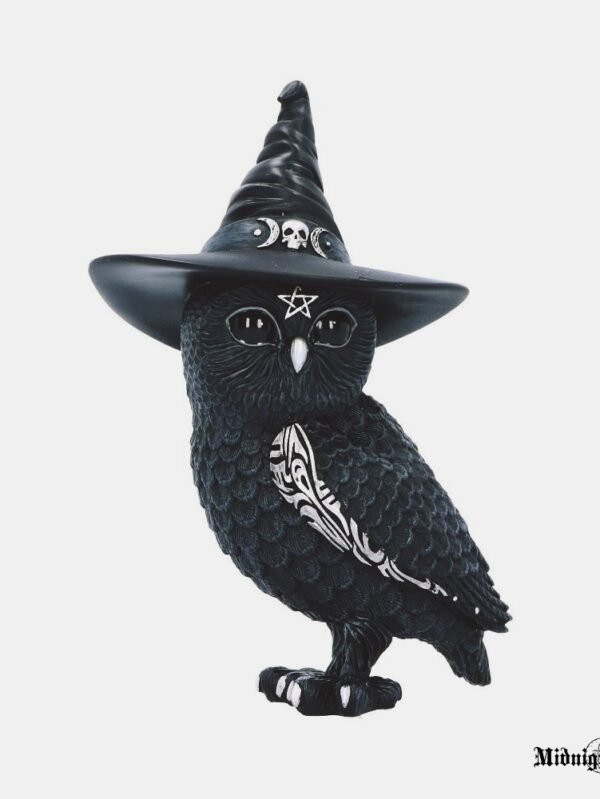

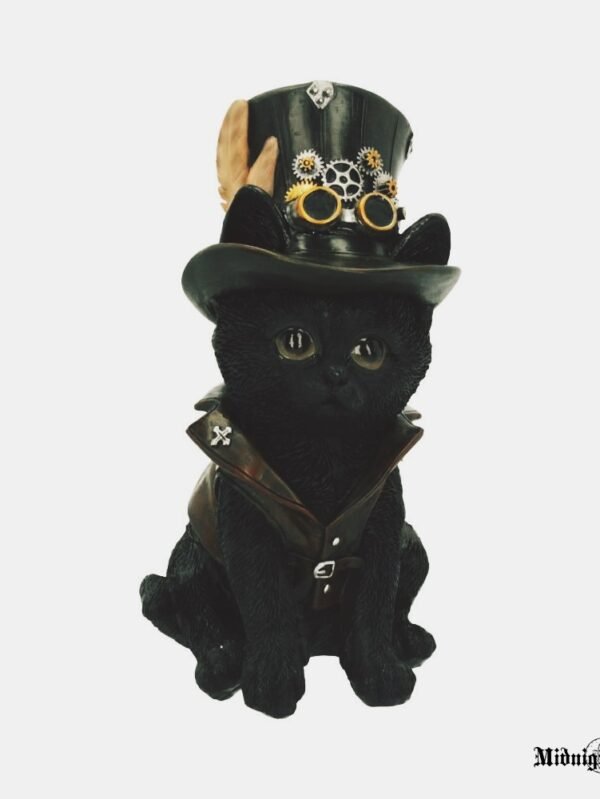
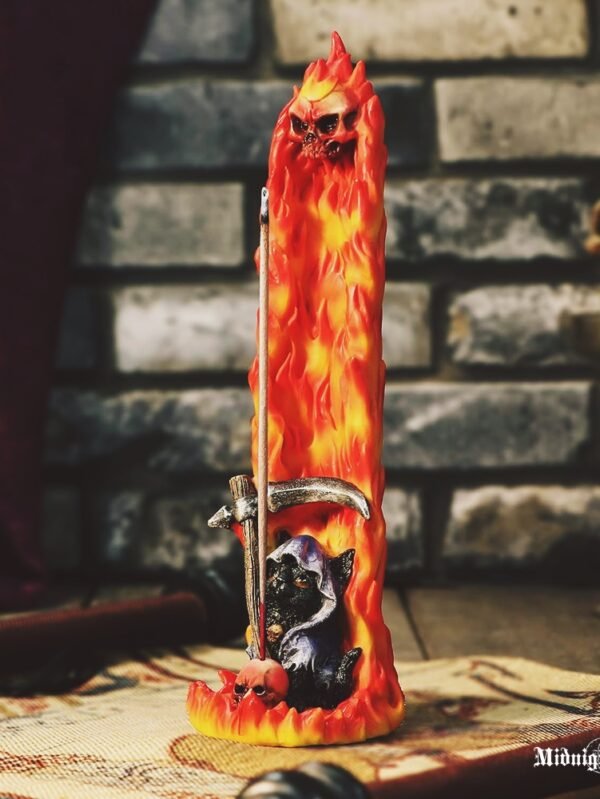
Atsiliepimai
There are no reviews yet